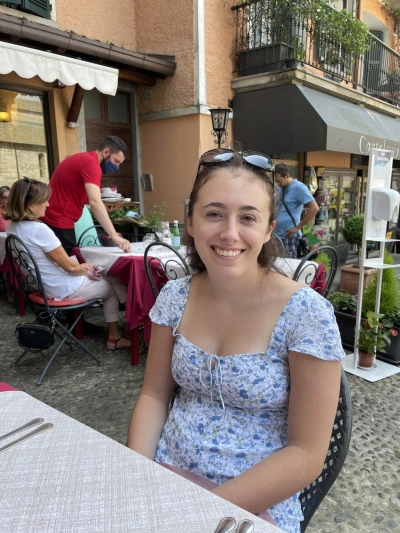'The Fallen Star'
Horsell Common
The artwork used above is courtesy of H. A. Correa, depicting the Cylinder or 'the fallen star' (the name of the chapter in which the Martians land on Horsell Common).
When you sit by the Sandpit, with tree roots twisting out of the sand and the often gloomy clouds lurking in the sky overhead, it fits the backdrop of an apocalypse. You can imagine the Cylinder - or the 'fallen star' - down in the pit, smoke lifting into the sky, an odd whirring sound echoing over the hushed murmurs of the crowd standing on the surrounding bank, scared and confused and unsure what to do.
The gnarled roots, the often frozen nearby pond, the orange sand so far from any beach, all create an atmosphere of suspense and awe. This eerie beauty conjures images of H. G. Wells looking out over the same landscape, and imagining the story it would become known for.
The Sandpit is a testament to the importance of the natural world - for sustaining our planet, of course, but also for inspiring storytelling, something so ingrained in humans.

Amelia Finn
The artwork used above is courtesy of H. A. Correa, depicting the Cylinder or 'the fallen star' (the name of the chapter in which the Martians land on Horsell Common).
When you sit by the Sandpit, with tree roots twisting out of the sand and the often gloomy clouds lurking in the sky overhead, it fits the backdrop of an apocalypse. You can imagine the Cylinder - or the 'fallen star' - down in the pit, smoke lifting into the sky, an odd whirring sound echoing over the hushed murmurs of the crowd standing on the surrounding bank, scared and confused and unsure what to do.
The gnarled roots, the often frozen nearby pond, the orange sand so far from any beach, all create an atmosphere of suspense and awe. This eerie beauty conjures images of H. G. Wells looking out over the same landscape, and imagining the story it would become known for.
The Sandpit is a testament to the importance of the natural world - for sustaining our planet, of course, but also for inspiring storytelling, something so ingrained in humans.
You might like...

Saving the headland in the Harbour
A dynamic community campaign mobilised public support behind protection of a remarkable natural and cultural landscape in the heart of Sydney harbour.

A thriving island arts community
Growing up on Bruny Island was incredible. There's a strong community of people engaged in making art that is kind of born of the island. And a lot of people come here and it just ignites something in them to make art. Different art, Bruny art, writes resident composer and guitarist Julius Schwing.

After dark – The glorious nightlife of Bruny Island
Join Inala nature guide Cat Davidson for an engaging and immersive presentation that will unveil the fascinating lives of the island’s nocturnal residents.

Crowd-sourcing the Nature of Bruny
An exciting project to crowd-source an online field guide to Bruny Island's Natural history, stories and conservation will be launched at 12noon, Sat 14th September at the Adventure Bay Hall
Newsletter
Sign up to keep in touch with articles, updates, events or news from Kuno, your platform for nature
